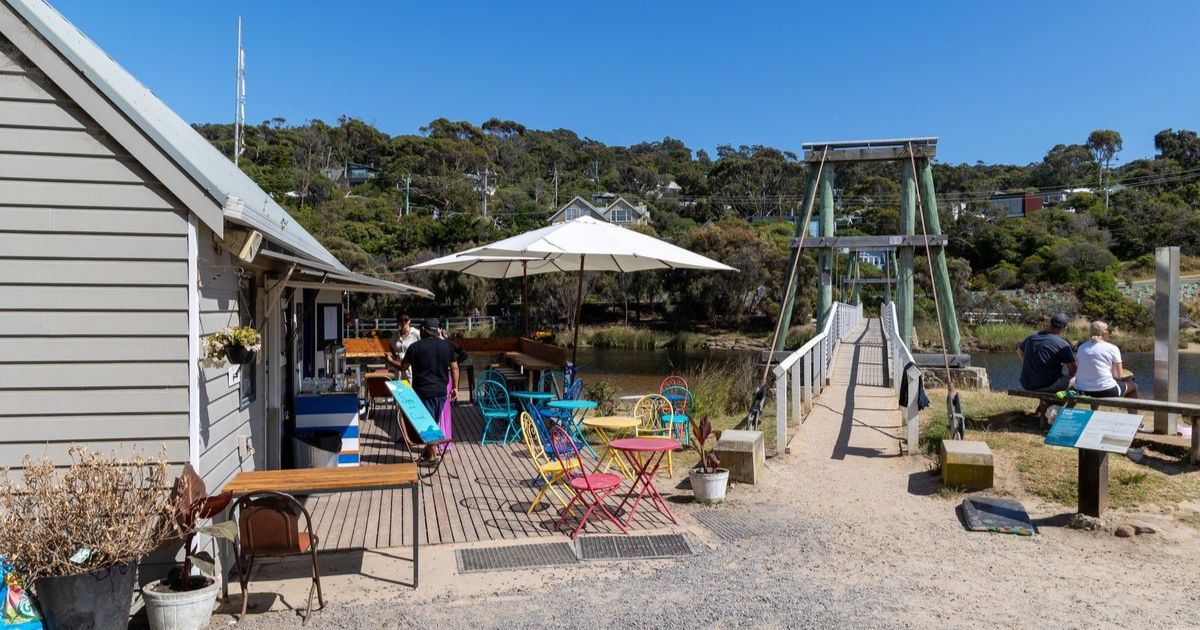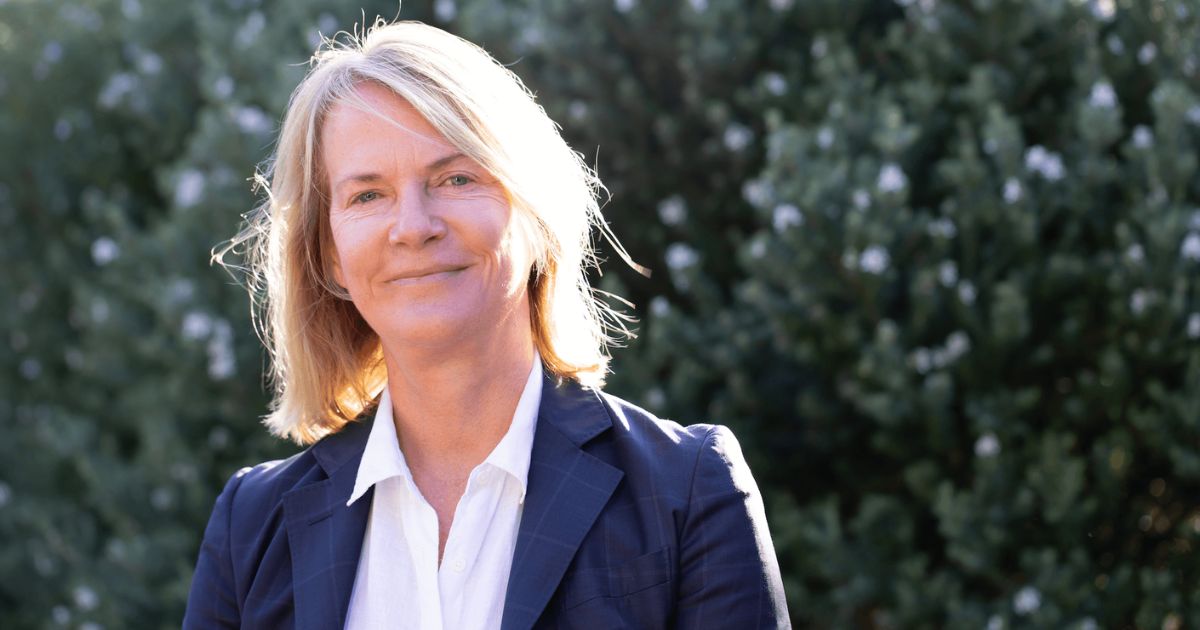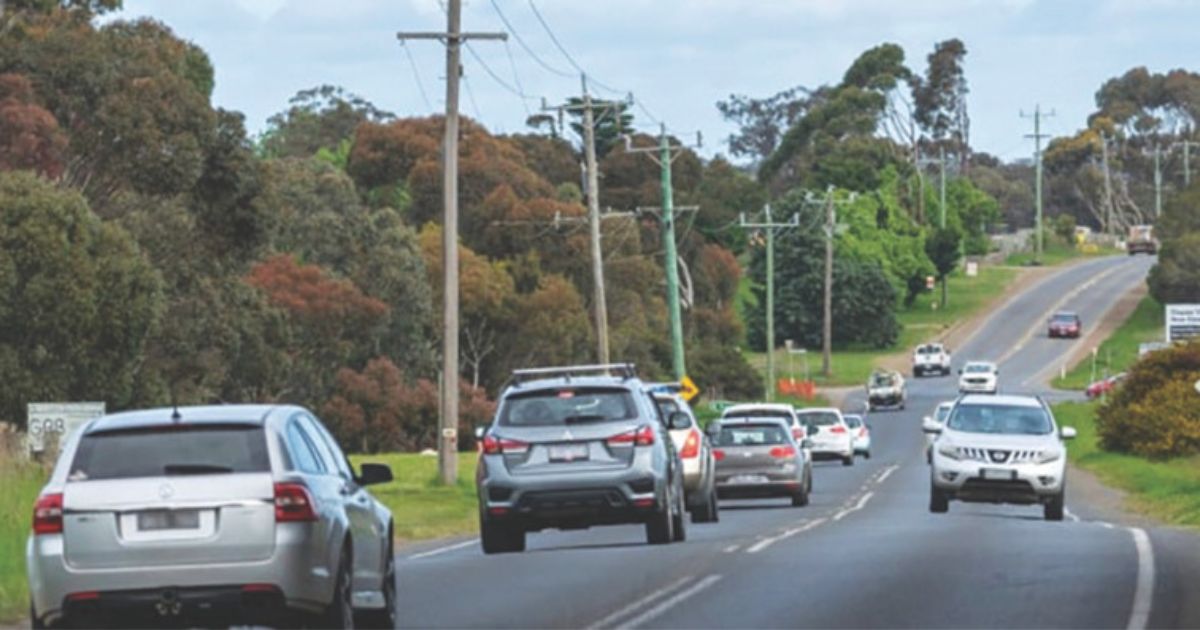Committee for Lorne: A Teasing Bight
A Teasing Bight
“What’s the weather going to be like today?”
It’s an age-old question that has likely been asked in every tongue and dialect, by young and old, since time began. And, while we think of ourselves as uniquely able to think and interpret such complex questions and responses — not so. While the twitter and calls of our birdlife ask it, and insects and fish sense it, we humans are likely among the least attuned, least able, and slowest to sense an impending change in the weather. No wonder we turn to science, satellites, and computing to help us.
As best we know, most [if not all] living things — including plants — react to the environmental signals of weather change. Cats, dogs, and most other animals are more sensitive than humans to sounds, smells and changes in atmospheric pressure, their heightened senses allowing them to detect that a storm is coming long before we can catch wind of it — though a sudden drop in temperature or change in the wind direction will clue most of us to put on a jumper or take in the washing.
Nor are plants denied sensitivity to the weather. Oak leaves curl in high humidity, just like frizzy hair does, while other plants and flowers open to sunshine or close to rain. Other more urgent signals, like a sudden drop in air pressure, cause animals to behave differently, with the vulnerable fleeing or seeking shelter. For example, birds and bees instinctively seek cover in their nests or hives when sensing a drop in barometric pressure. Birds also use changing air pressure when deciding when to migrate.
One group of researchers studying the behaviour of sharks during a tropical storm observed “… that after the barometric pressure dropped just a few millibars — which corresponded to a drop in hydrostatic (water) pressure — sharks swim out into deeper water where there is more protection from the storm.
Last week, I tempted readers of this column with Belphegor’s Prime — a fascinating titbit of useless information. The ‘Devil’s Prime’… 1000000000000066600000000000001 … is the only known palindromic prime number: [see SCT: 27/10/23]. As if that wasn’t enough useless trivia, I offer you another extraordinary piece of meticulous but weird research …

An American physicist, Amos Dolbear, found that: “… the relationship of a cricket’s chirp to temperature is perhaps the most fascinating example of how in tune the animal kingdom can be with environmental change.” In an article he published in 1897 called “The Cricket as Thermometer”, later to become known as Dolbear’s Law, he found that “… the chirp/temperature relationship can be expressed as Tf = 50 + (N60 – 40)/4, where Tf is the temperature degrees Fahrenheit, and N60 is the number of chirps per minute.” Reformulated to give the temperature in degrees Celsius (°C), it is:
He maintained that “… the relationship between temperature and chirps results from a rise [or fall] in the cold-blooded cricket’s metabolic rate that occurs when the temperature rises [or falls]. A higher metabolic rate provides more energy for muscle contractions and chirping. Dolbear spent hours observing his field crickets to determine his equation, which is believed to be accurate within one degree”.
On a warm summer evening in Lorne, if [or when] your red has taken you beyond a safe driving limit, you might enjoy calculating the ambient temperature by counting the number of chirps a cricket makes in your garden chirps over 60 seconds, then add 37 and divide by 7. The resulting number will roughly equal the current temperature in degrees Celsius. If you crave more … Google – Dolbear’s Law!
Indeed, rather than becoming better attuned to the hints of weather change, we have tended towards an ever-lazier use of our senses — we now simply consult our favourite weather app on our smartphones, even before leaving the warmth of the doona. I use two … WeatherLive® and Rain Parrot … with a consultation with the latter an absolute imperative before walking the dog.
Once, we would look up at the sky, do our best to interpret the cloud patterns, look at the bay for the tell-tale caps of a coming southerly change, hold a wetted finger skyward for wind direction, listen for the cackle of a kookaburra, or scan the heavens for a passing flight of yellow-tailed black cockatoos. Now, we all look down, our shoulders hunched and eyes aching, at the screens of our tiny smartphones. Small truisms — like this — make me wonder if we really are progressing or if we are at the brink of losing the very instinctive skills that got us here in the first place.
All this brings me to why I began this rather odd article on ‘things weather’ — the Great Australian Bight [GAB]. As I study the coming fronts across the lower half of our continent on WeatherLive®, my eye is ever drawn to the Bight and what I have always imagined as a potent ‘weather machine’ for southern Australia.
Have a look sometime on your favourite weather app. Watch as front after front, heavy with rain, curls up from the Roaring Forties towards the GAB before — as if taking fright of the mainland — stretches out, weakens, then slides demurely away to the south and east of Victoria, clipping Tasmania, and disappearing into the Tasman Sea.
Holding that thought, I went hunting for information about ‘the GAB Weather machine’. Does one exist? What [if any] are the effects of the Bight on our Victorian weather patterns? Oddly — at least to me — I found a dearth of information and data. The best explanation I could find comes in an article from the Bureau of Meteorology on ‘Blocking Highs’… see: [http://www.bom.gov.au/climate/about/?bookmark=blockinghigh].
In paraphrase, the BOM article states that “… a blocking high is a strong high-pressure system that sits stationary [often for ages] over the centre of Australia and the Nullarbor region. These highs “block” the west to east progression of weather systems across southern Australia. As a frontal system sweeps up from the south, it butts into the blocking high to its north, slows down, weakens, then slips away to the south of the high-pressure system. Blocking highs are common, affect all of southern Australia, can occur at any time of year, and can last from several days to several weeks.”
In this respect, the GAB – or, rather, the drier, warmer air that sits to its north over the Nullarbor and central desert areas — is akin to a continental weather machine. The BOM explanation points to why, especially in our drier months, so many hopeful fronts peter out to our west and fail to bring us cleansing rain. And, as we enter a new El Nino pattern, this will translate into even more incredible frustration for our farmers and heightened anxiety for our firefighters.
Welcome to another Australian summer.
John Agar – Feature Writer
A word from the Chairman
Hello
The Committee for Lorne held its bi-monthly meeting last week.
We received reports from Carly Stafford, our school principal, Sandy Chamberlin, the CEO of Great Ocean Road Health and Gary Allen, our Lorne Ward councillor.
- Carly told us about the ongoing challenge of finding suitable teachers and the school’s significant reliance on casual relief teachers. Our year 12 students celebrated their last day of school (sensibly of course!) and are now doing their exams. The new building is nearing completion, which is expected by the end of November. Watch out for news of the grand opening in the New Year. The “Regrouse the Doll’s House” fundraising/refurbishment project initiated by the students has been completed and now provides a wonderful music and time-out space.
- Sandy reported that Great Ocean Road Health has launched their Annual Appeal seeking to raise funds to provide chemotherapy services at Lorne and Apollo Bay. Please give generously to support this important initiative which will greatly benefit our community. GORH have also been successful in securing a full complement of doctors for 2024, with familiar faces continuing.
- Gary reported that at the October Council meeting it was agreed to open the Surf Coast Shire Planning Scheme Review and the Urban Futures Strategy to an eight week period of community consultation. These documents have great relevance for the future growth and character of our Shire and townships and can be found by visiting the Shire’s website and searching for ‘Placemaking’
Gary also reported that the Council has commenced a project to explore the options for placing Tiny Houses on Wheels on land within the Surf Coast Shire, under existing legislation. The pilot is scheduled to be considered by the Council in December 2023. The proposed two-year pilot would inform us as to where and how to consider Tiny Houses on Wheels as a lawful and safe contribution to housing affordability and diversity in the Surf Coast Shire.
Through conversations with schoolies.com and Lorne accommodation providers, it is estimated 600 school leavers will visit Lorne from November 25 to December 2. The Good Times, Great Breaks (GTGB) harm reduction response is in place to both support school leavers when required and minimize the impact to residents and the environment. The GTGB core team has been meeting regularly since August and is well placed to deliver the response. Thank you to the Lorne Community Op Shop for funding the presence of the Red Frogs team who will keep our visitors safe and supported.
******
Our cricketers continue their fine form with an amazing 300 (yes 300!) run win over City United. This puts them on top of their Division after 2 wins. This week they head to Irrewillipie to play Tomahawk Creek. We wish them well.
******
Congratulations to Little Picket and Totti’s on being awarded One Hat in the 2024 Age Good Food Guide for the first time, joining Ipsos in this distinguished category and building on Lorne’s reputation as a foodies’ destination. Congratulations also to Jo Barrett, chef at Little Picket on being named Victorian Chef of the Year at the awards.
Cheers
John Higgins Chairman
Lorne Ward Events Calendar –
November
- 3 Committee for Lorne Luncheon.
12 for 12.30pm at Stribling Reserve Community Pavilion. Two course lunch $40 per person. Drinks at bar prices. To book, email [email protected]
- 4 Lorne Market
9-4pm More info: lornemarkets.com
- 4-24 Juris Cerins Exhibition
at Qdos Arts Lorne
- 19 Deans Marsh Market
local food growers, producers and crafts people at Deans Marsh Reserve 10am-2pm
- 25-15/12 Veronica O’Hehir Exhibition
at Qdos Arts Lorne
December
- 17 Deans Marsh Market
local food growers, producers and crafts people at Deans Marsh Reserve 10am-2pm
- 17 Deans Marsh Christmas Carols
Deans Marsh Reserve 2-6pm


















